Ireland’s culture once again will lead the way in Paris.
For the past three years, auction houses in Ireland and around the world have been looking for new ways to bring their collections to audiences in a rapidly changing market. In particular, they sought to take advantage of Ireland’s European Union links and minimize the red tape and customs procedures necessitated by Brexit. Charlie Minter, Sotheby’s head of Irish Art, and Arabella Bishop, head of Sotheby’s Ireland proposed the possibility of holding an auction of Irish art in Paris and got the go-ahead to stage the event in the City of Light.
Paris, had a particular appeal for Minter and Bishop, and this special sale (May 9-16) is staged to coincide with the centenary anniversary of the 1922 World Congress of the Irish Race – a significant event in modern Irish history in which the newly founded Irish State participated in a week-long international conference in Paris.
The Exposition D’Art Irlandais 28 Janvier au 25 Février, 1922, as part of that conference, launched the emerging Irish nation to the world. Featuring 300 works it was staged at Galeries Barbazanges This was a bold cultural statement by a newly formed nation in the art capital of the world. One hundred years on, the Sotheby’s sale will bring a diverse range of artworks to Paris by Ireland’s leading artists, from the 19th century to the present day, reflecting how these links continue.
2022 also sees the centenary anniversary of James Joyce’s literary masterpiece, Ulysses, which was published in Paris in 1922. The Sotheby’s sale will include select lots by Ireland’s major writers including Joyce, W. B. Yeats and Samuel Beckett.
Finally, the sale will also pay tribute to the Irish associations with some of France’s celebrated vineyards. Bringing together these themes, the sale will be a celebration of the cultural connections that have long united Ireland and France.
The World Congress of the Irish Race took place just two weeks after the Anglo-Irish treaty was approved by Dáil Éireann, Ireland’s newly formed government assembly.
Gathered in Paris were Irish politicians, diaspora delegates, writers, artists, and musicians whose aim was to promote an independent Ireland to the world and proudly proclaim the country’s artistic and cultural uniqueness. The Congress was opened in the Salle des Fetes of the Hotel Continental, by the Irish envoy to Paris, Seán T. O’Kelly, on January 21, 1922.
About 250 people attended, including 100 official delegates representing Irish organizations worldwide. Countries included Java, Newfoundland, New Zealand, South Africa, Spain, Scotland, Argentina, Australia, Bolivia, Brazil, Canada, England, Italy, and the United States. Many prominent Irish politicians including three future Irish presidents were in attendance. Another prominent delegate to attend was the rebel leader Countess Constance Markievicz.
There were lectures, concerts, and plays such as John Millington Synge’s play “Riders to the Sea”, but the highlight was the exhibition of Irish paintings featuring works by some of Ireland’s notable visual artists born or working mainly in Ireland including Jack B. Yeats, Paul Henry, Sean Keating, Grace Henry, and Sir John Lavery.
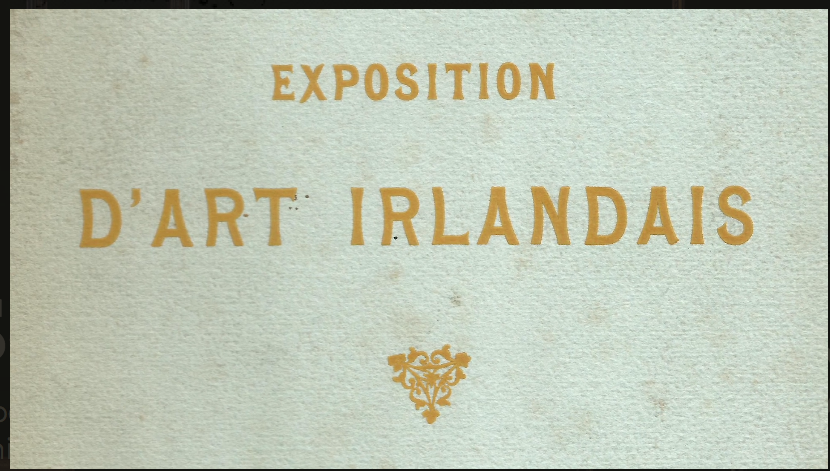
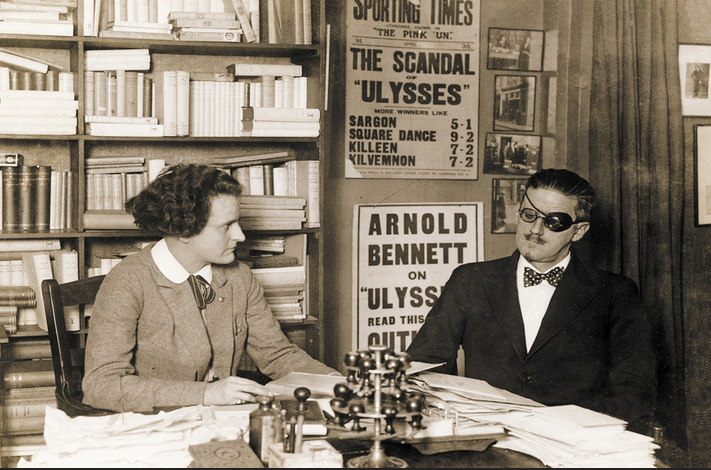
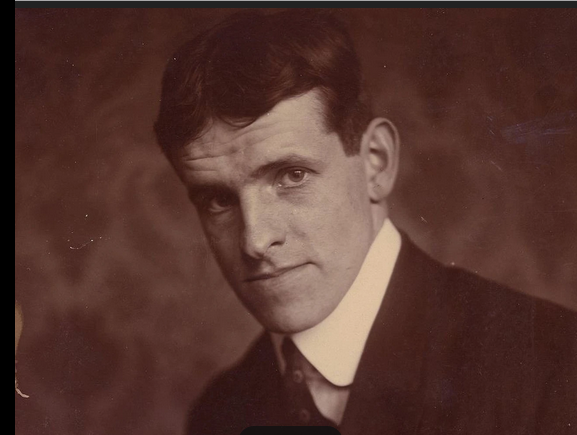
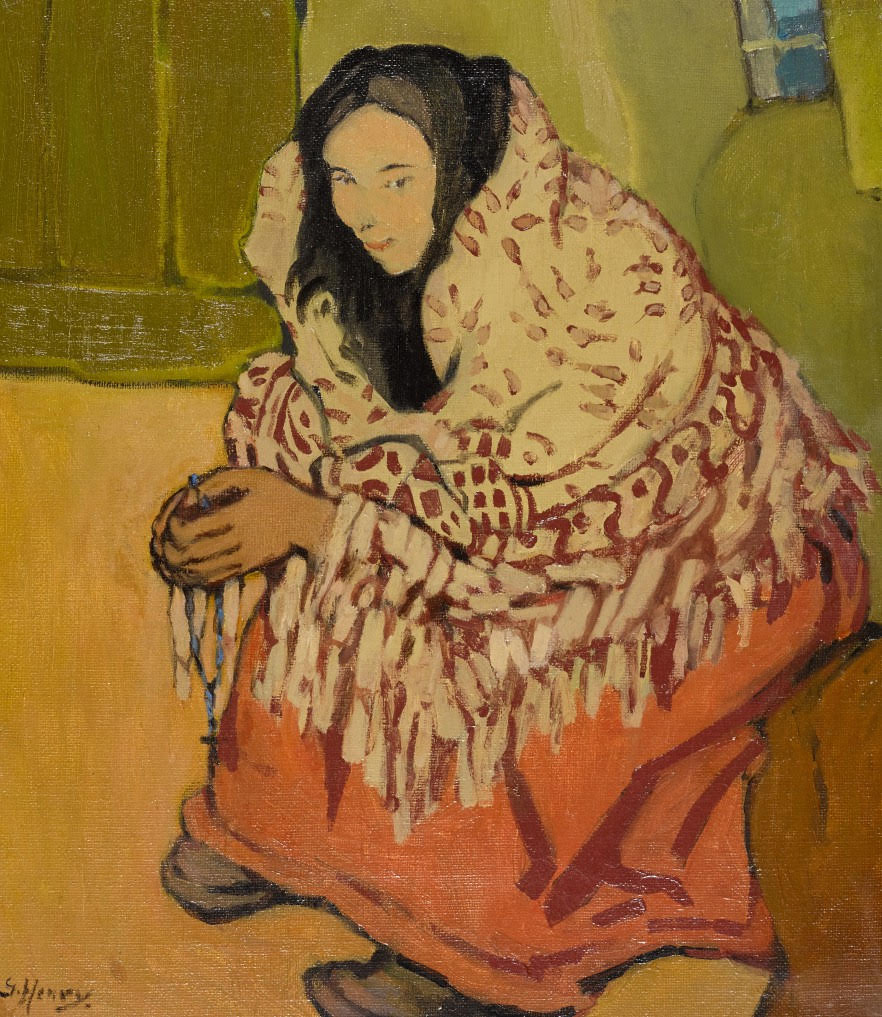
Irish Times Arts contributor Elizabeth Birdthistle wrote in a recent article: “At the 1922 Paris showcase – which has been described as a cultural coup – the French government purchased a west of Ireland Paul Henry painting. While it was the only known sale at the exhibition, now in the Musée National d’Art Moderne at the Centre Georges Pompidou in Paris, the exhibition itself was seminal in that all those works and artists are still revered today.”
In the book Ireland 1922: Independence, Partition, Civil War editors Darragh Gannon and Fearghal McGarry write: “The Truce that brought the War of Independence to an end in July 1921 resulted in jubilation, consternation, and suspicion. Although welcomed by the public, it was clear to many Irish republicans and their opponents in Ireland and Britain that any future settlement would fall short of passionately held aspirations.”
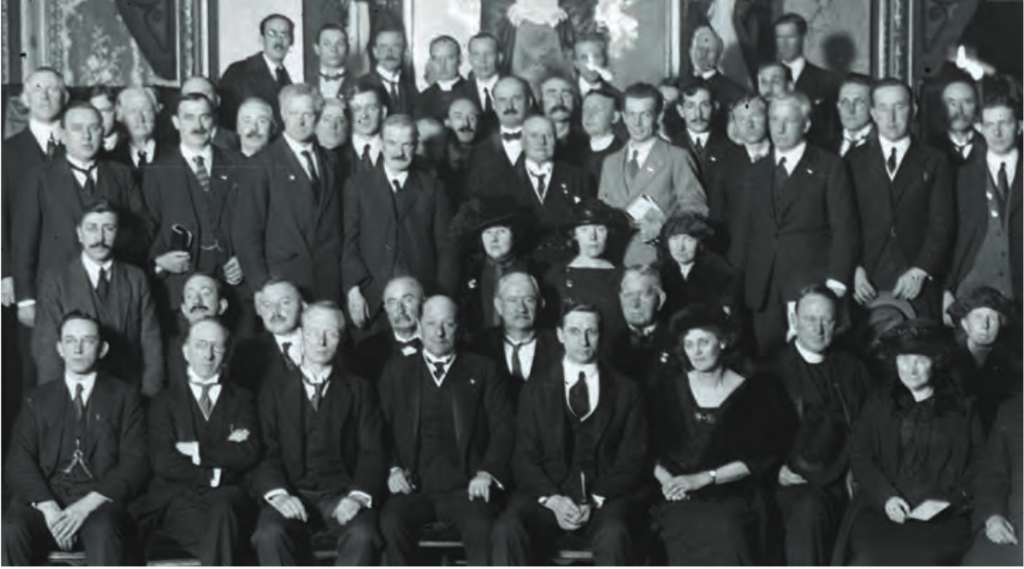
The 2022 celebration is part of a wider program of international events based on the theme of “Seeing Ireland,” funded by the Irish Government’s Decade of Centenaries Programme. Designed and produced by Dr. Billy Shortall and Dr. Ciaran O’Neill, the project is supported by Trinity Long Room Hub and hosted by Trinity College Dublin. Related events have been co-coordinated by the O’Brien Collection, Chicago; the Keough-Naughton Institute for Irish Studies at the University of Notre Dame; the Centre Culturel Irlandais, and the University of Paris, Sorbonne.
Next week joining a spectacular painting on loan to the exhibition by Sir John Lavery “The Bridge at the River Grez” are two other works on loan from private collections: Jack B. Yeats’ “Market Day, Mayo/ The Long Car” and Grace Henry’s “The Rosary”. Both paintings were on display in the 1922 exhibition and are now returning 100 years on!
In his essay, “Ireland and Painting,” which Jack Yeats delivered as a lecture in Paris, his only public lecture ever, the artist expressed his nationalist sympathies for Ireland. He declared that “When painting takes its rightful place it will be in a free nation… And there is a country more ready than any other to lift painting into its rightful place, and that is Ireland, this land of ours.” He continued: “If we all have a bold ambition for our country she will lead the world in every phase of truth.”
You may take an immersive tour of the recreation of the 1922 exhibition by visiting SeeingIreland.ie. The online auction at Sotheby’s takes place from May 9th to 16th, click here to learn more.♦

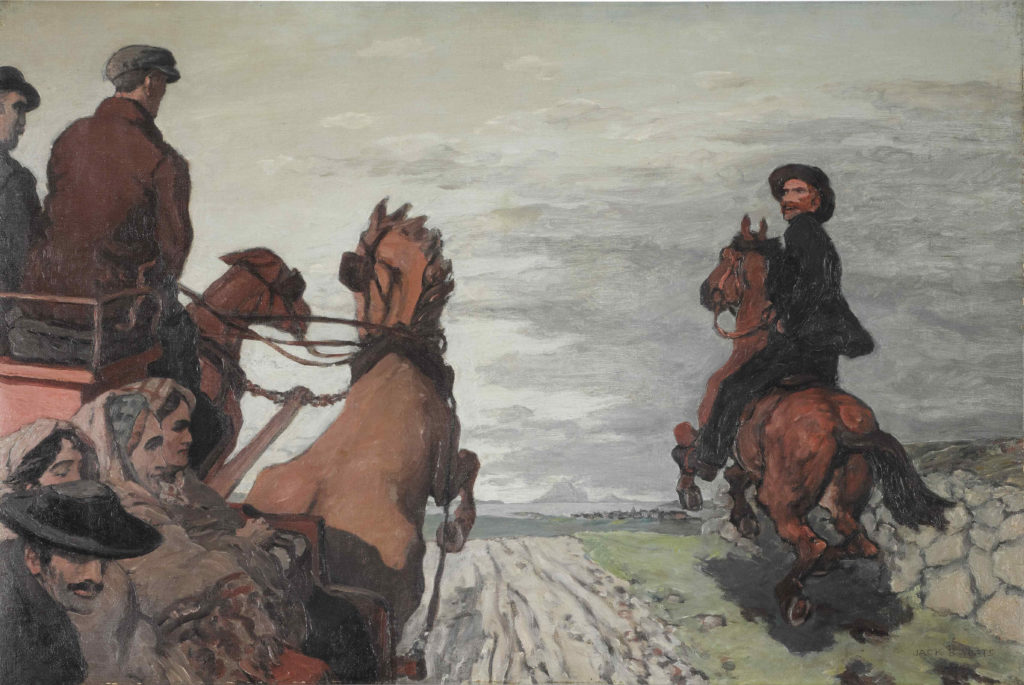
Leave a Reply